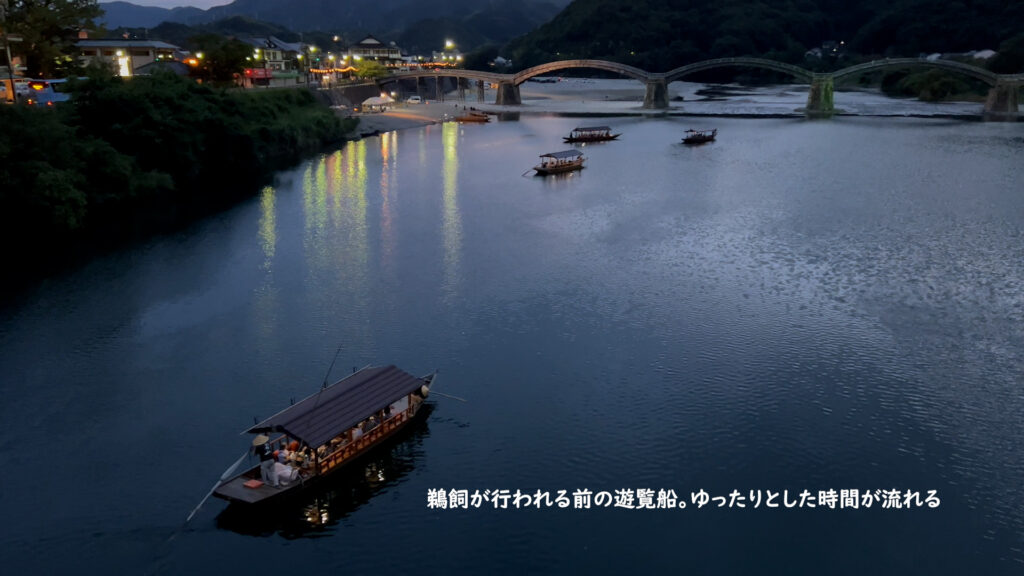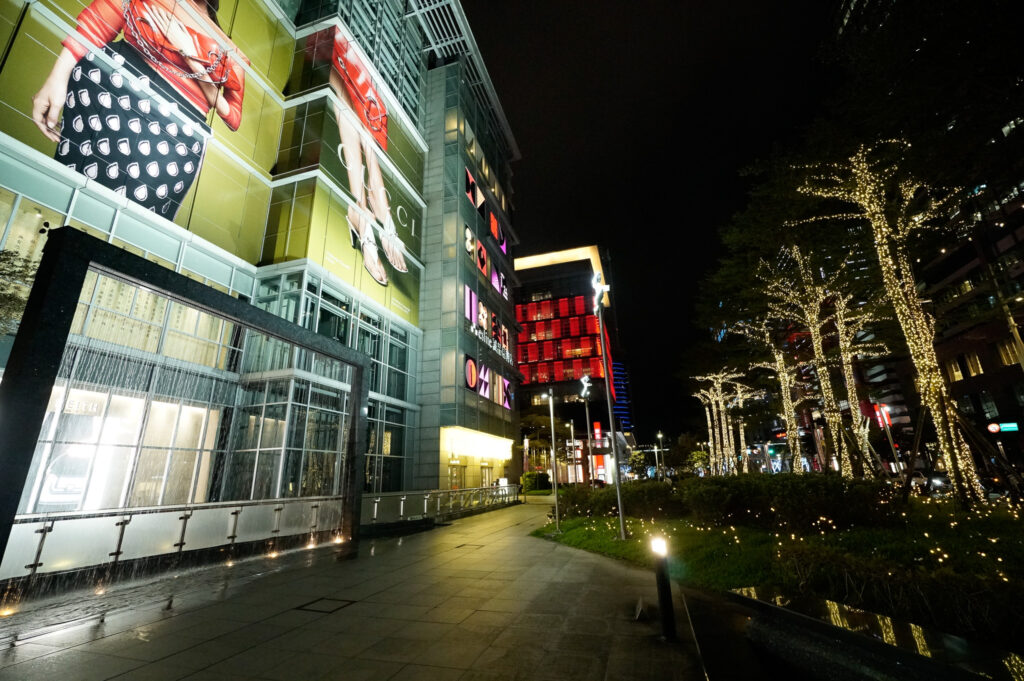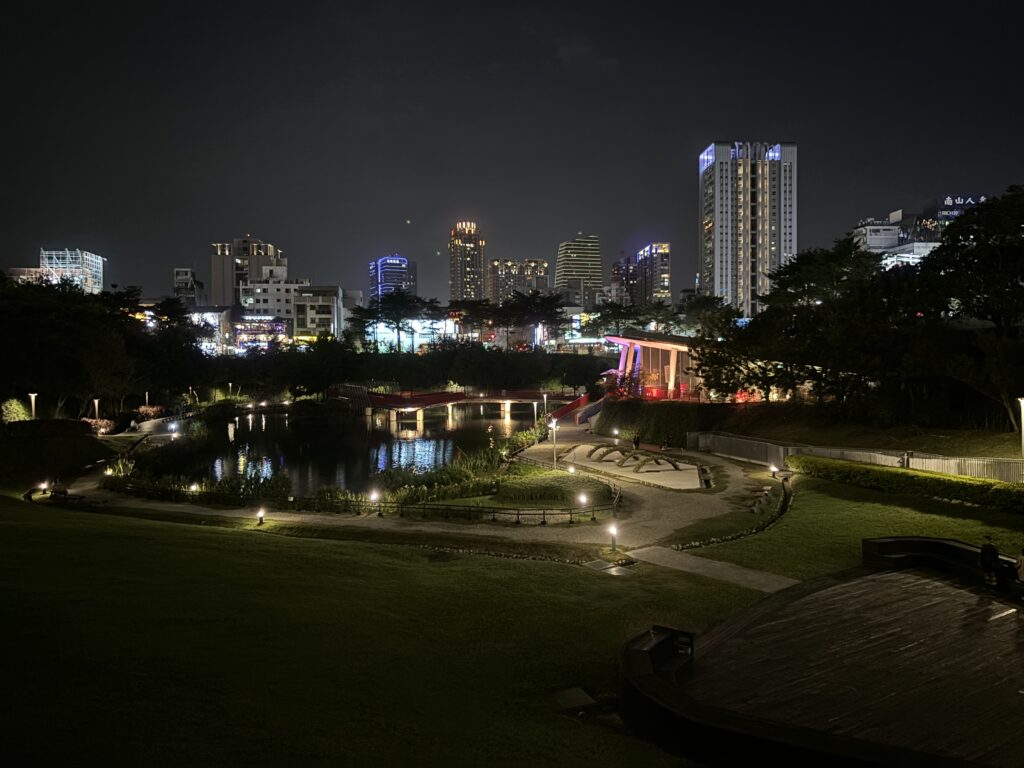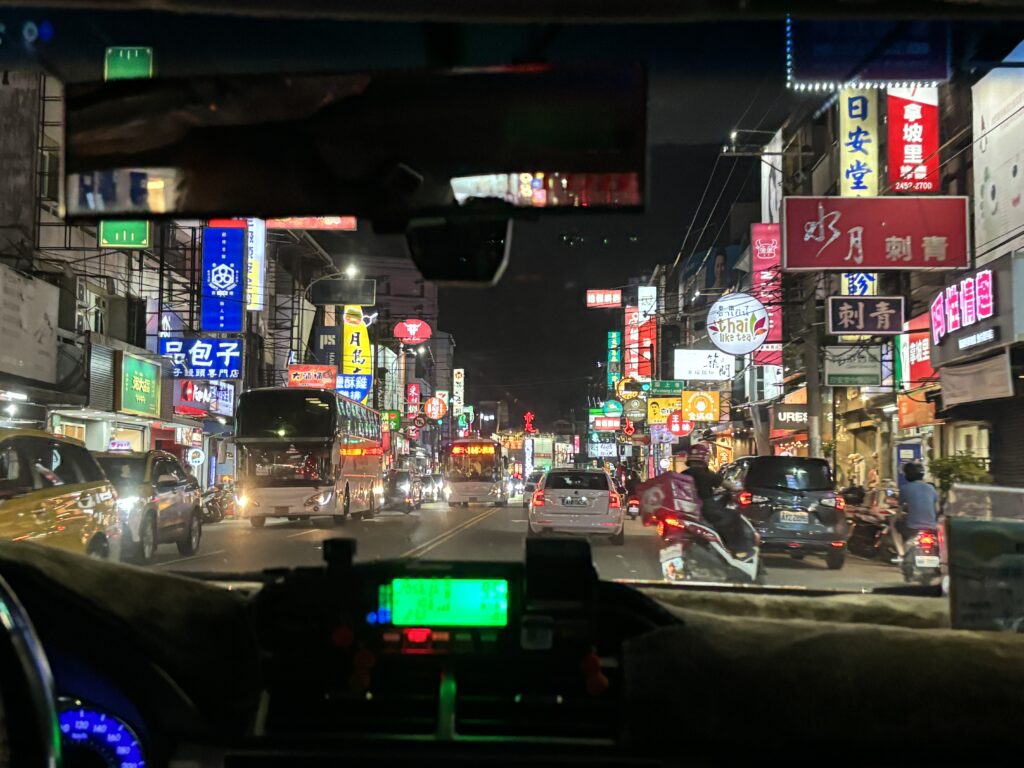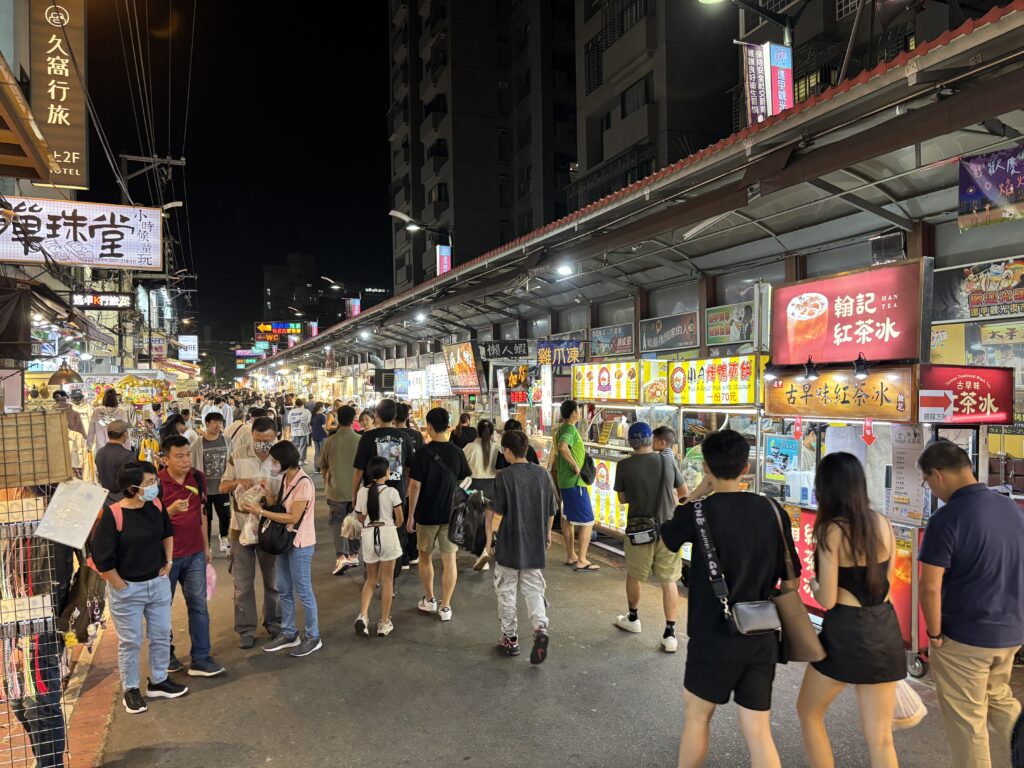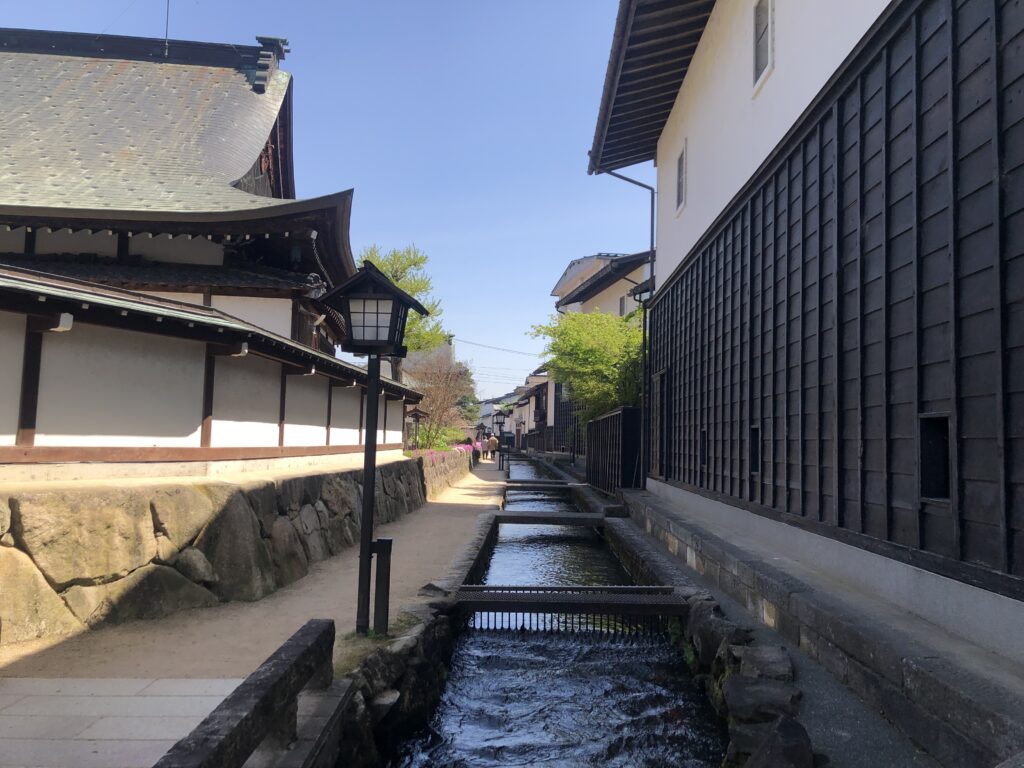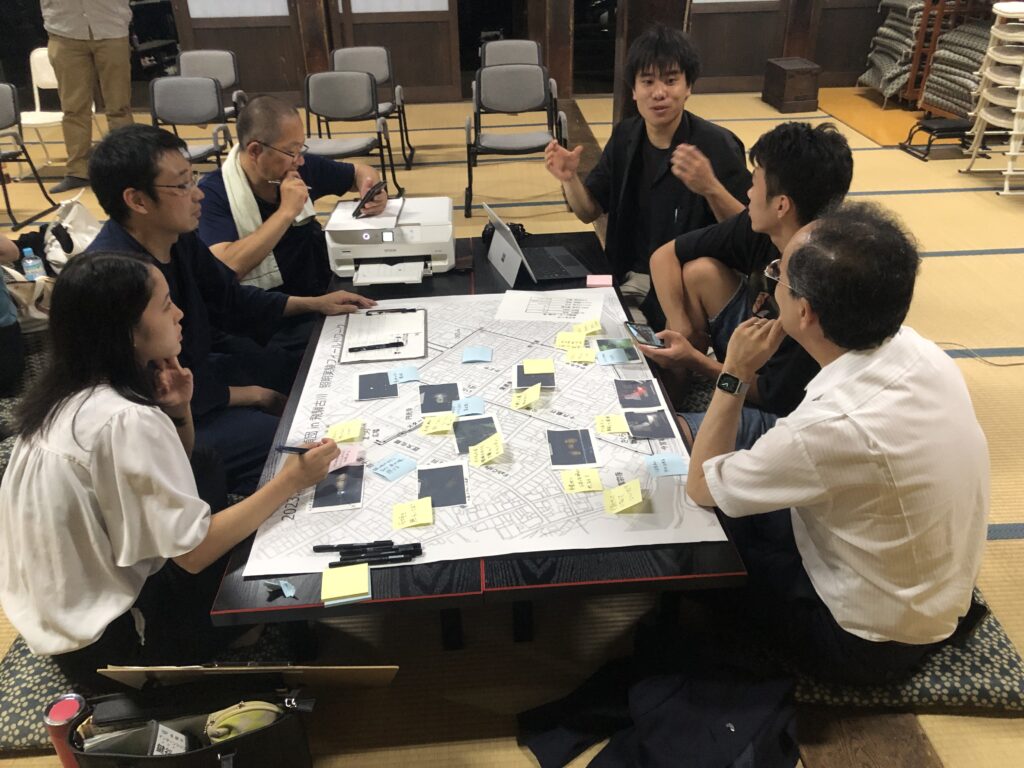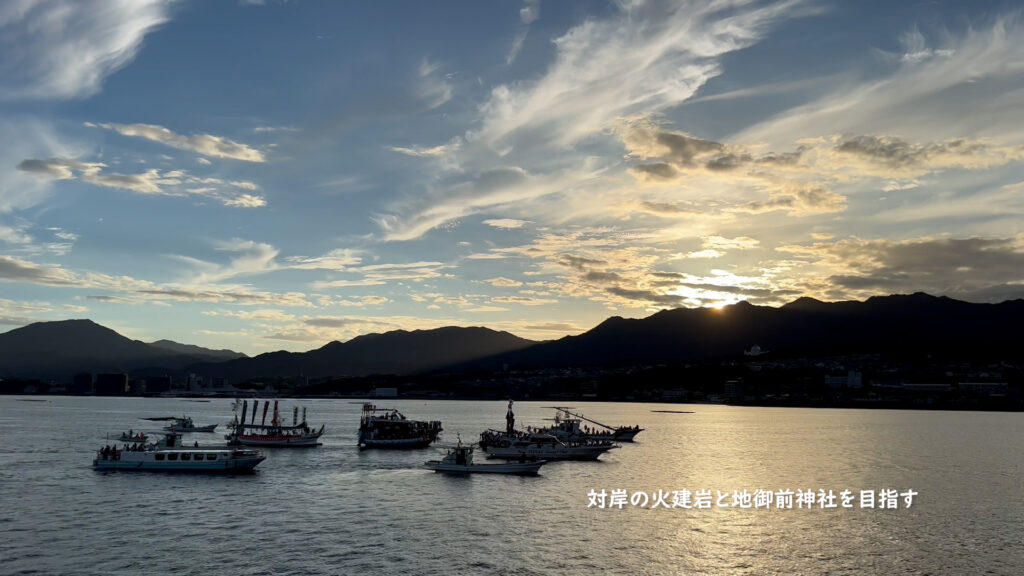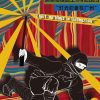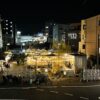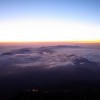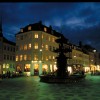Date of Issue: 04 December, 2023
-Activity 1 / City Night Survey – Taipei & Taichung, Taiwan(2023.10.30-11.04)
-Activity 2 / Visiting Tanteidan in Ishigaki Island (2023.08.26)
-Activity 3 / Online Lounge Talk (2023.11.27)
Lighting Detectives Newsletter Vol.126 Download PDF
City Night Survey – Taipei & Taichung, Taiwan
2023.10.30 – 11.04 Genki Watanabe+Hikaru Kimura
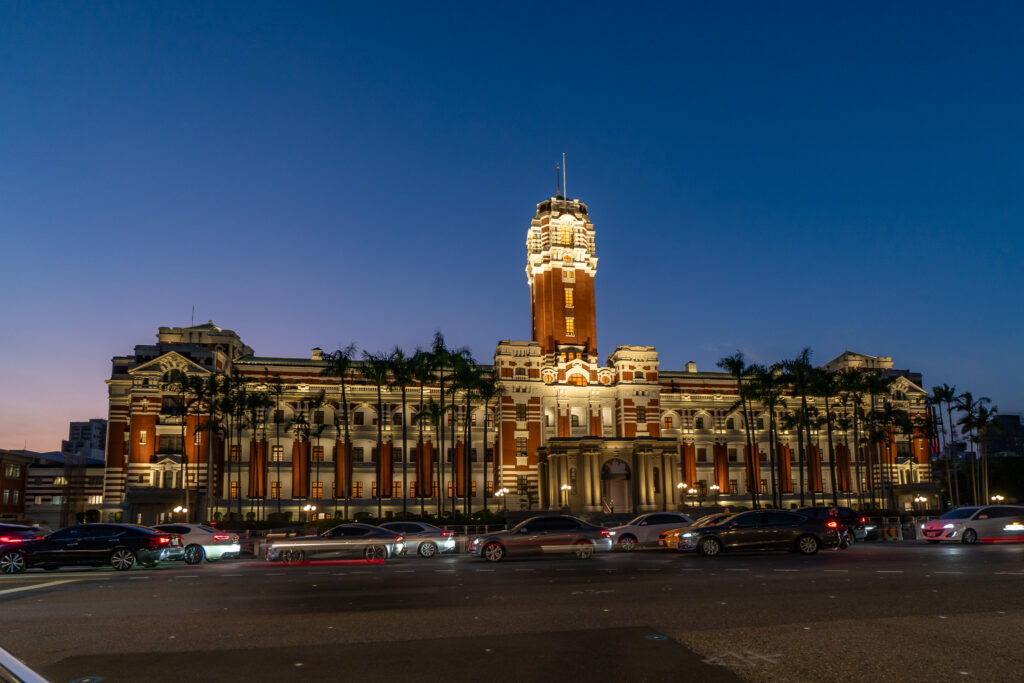
Taiwan is geographically close to Japan and has deep historical ties. It is famous for its skyscrapers such as Taipei 101 and, more recently, for buildings designed by Japanese architects. Renovations of old buildings are also being actively undertaken. We investigated how the mixture of old and new influences the light and human activity in the cities of Taipei and Taichung.
Taipei and Taichung
The capital of Taiwan, “Taipei” is characterized by world-class skyscrapers such as Taipei 101 and streetscapes that retain historical architecture. In addition to new buildings, there are also many renovations of existing buildings, creating a city with a mixture of old and new architecture. Taichung has become the second largest city in Taiwan in terms of population in 2017 as a result of government-led urban development efforts in recent years to disperse the over concentration of the metropolis in Taipei.
We investigated how Taichung, planned as a compact city, affects the city’s light and human activity, and how it differs from Taipei’s light.
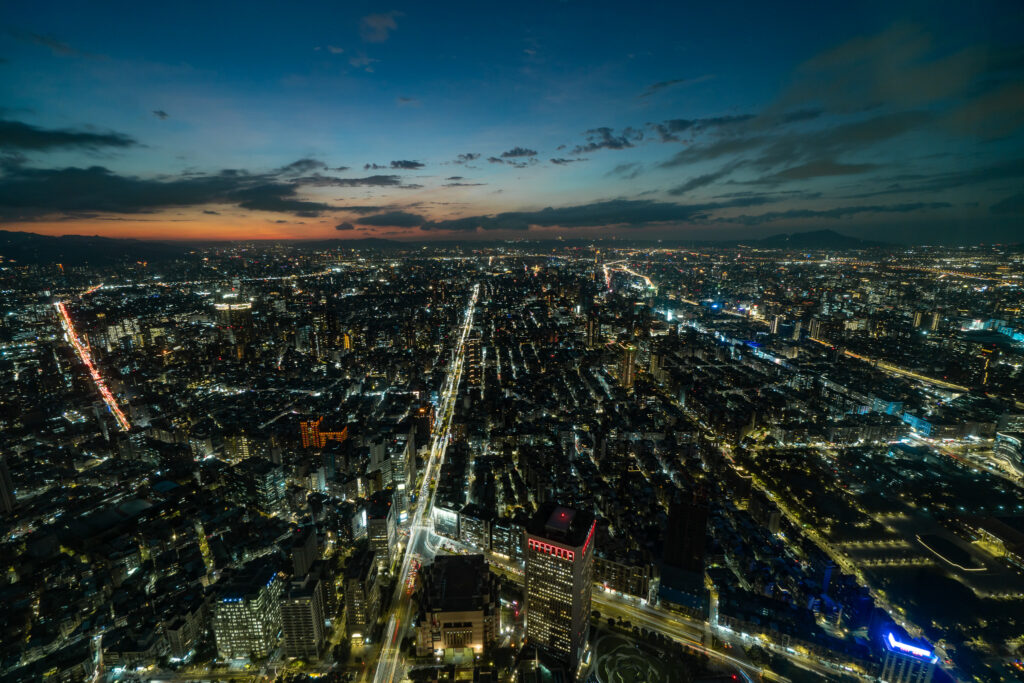
Taipei’s Urban Area
Taipei’s urban area can be roughly divided into two areas. The west side of the city is the Old City, where historical buildings still remain. Many important political centers are still located on the west side, and historical buildings are still used as administrative facilities, which are lit up at night and have become distinctive symbols. The Office of the Governor-General, in particular, is carefully and delicately illuminated, giving it a stately charm even at night. The East Side is the New Town with its skyscrapers such as Taipei 101, commercial buildings, offices, hotels, and other large complexes. The main roads extend around the gates of the Old City, and the main road extending from the East Gate extends all the way to Taipei 101, and the continuous view from a high vantage point made its nightscape unique.
Saturated light added later
In the building facades of Taipei’s new urban area, there were three things that struck me as distinctive. The first was the juxtaposition of old and new techniques, with the classic large floodlights illuminating advertisements from above and below being used in the new architecture, and present to the same extent as relatively recent methods such
as digital signage. Second, the facade was saturated with too much light. For example, a surface that I thought was a white wall was so full of brightness that, upon closer inspection, I noticed a dark spot due to a defective fixture and realized that it was a luminous wall for the first time. It was that bright. Third, as in the first two cases, there was a lot of light that was added while retaining what was already there.
For example, some landscapes were saturated with light, with various elements present in one place, including LED flower and fountain (waterfall) lighting in planting strips, bollard lights, pole spotlights in pathways, illumination, and advertising lighting, although we do not know what was planned first. It seemed as if the culture of preserving old things in the Old City was followed by a similar custom in the New City, where new things are added while old things are preserved. I felt that such light was the characteristic light of Taipei.
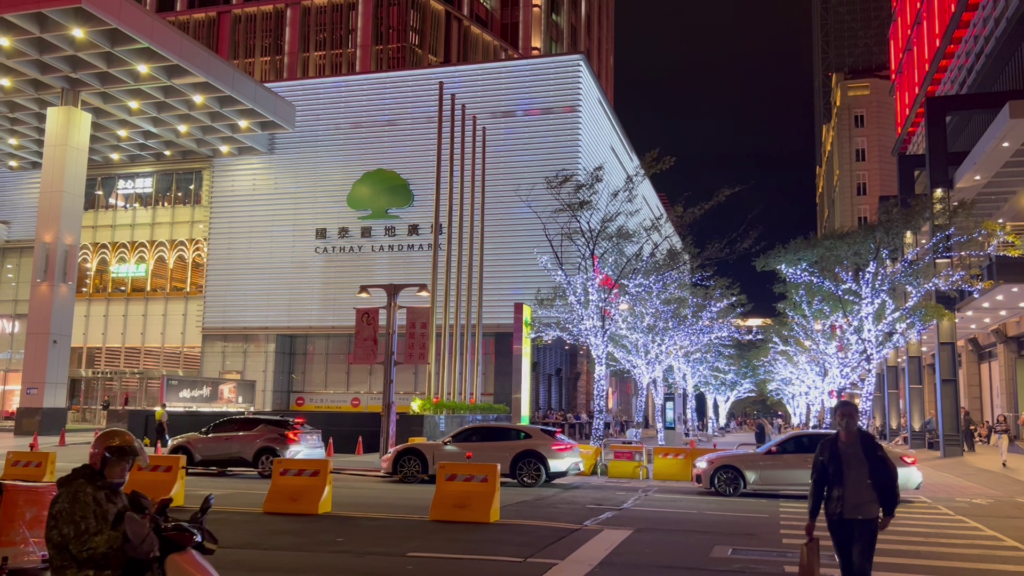
Night Market
There are many night markets in Taiwan, and it was common to go out on the streets at night, which were crowded with many people regardless it was a weekday. The streets of night markets are lined with many small stalls, and the lights of various sizes and techniques of sign lighting and product illumination were overlapping each other as if competing. I was very surprised to see that in Taipei, illuminations, which in Japan can only be seen during festivals, are lit up every day.
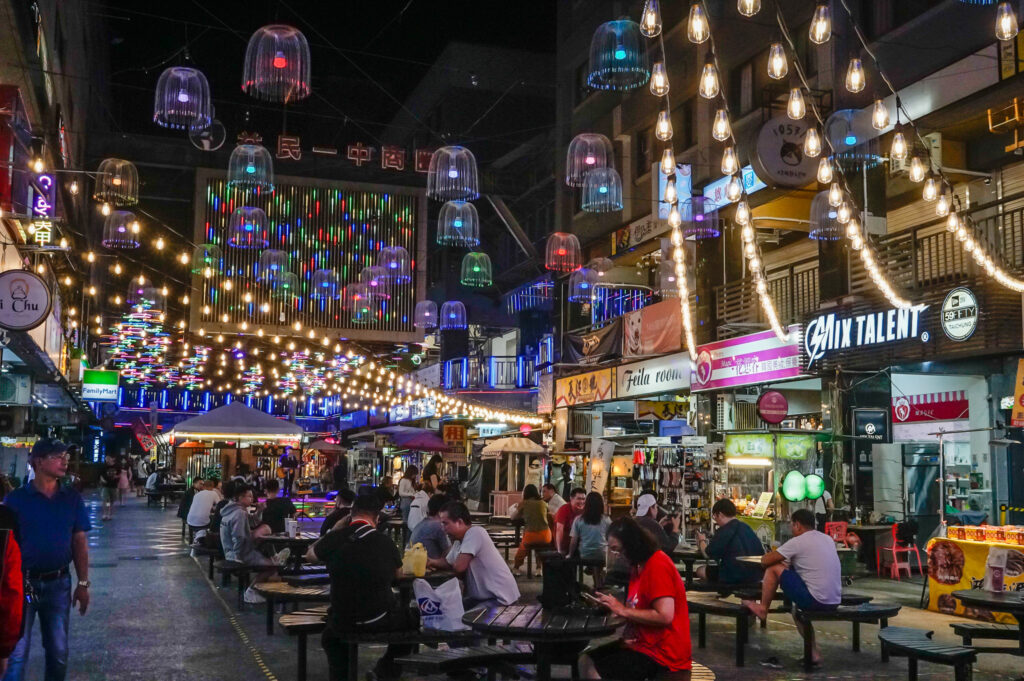
Streetscape of Taiwan
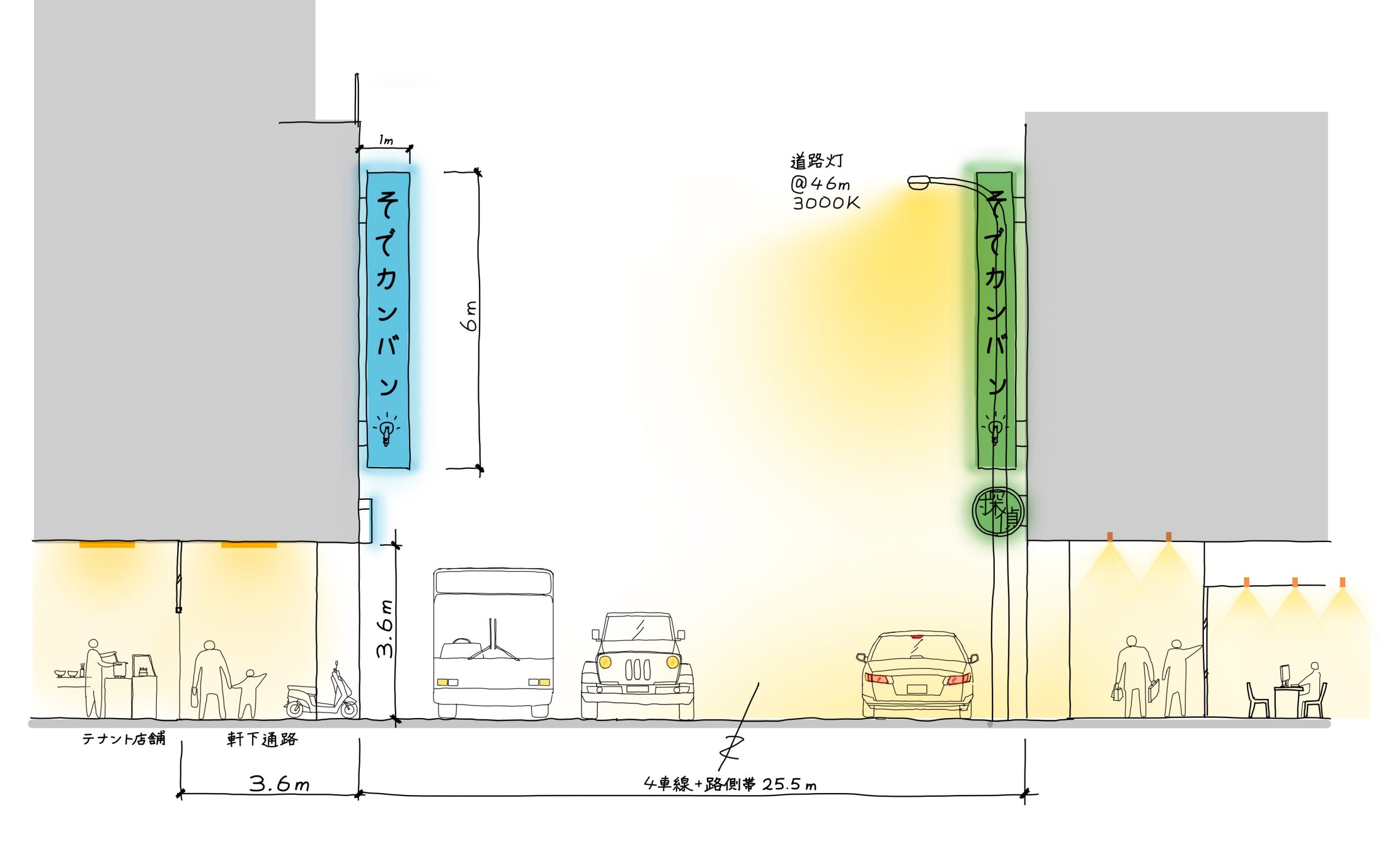
Taiwan encourages the construction of arcaded streets, and the buildings along the main roads are characterized by deep eaves and a series of tenants. This structure has a long history and is still recommended by the government as 3.6m high by 3.6m deep. The deep eaves of the roofs, which provide shelter from the strong sunlight in Taiwan, are both comfortable, and safe because of its separation of pedestrians and cars is well maintained. The area under the eaves of the stalls seemed to be the area for the tenants at the back of the stalls, and many of them were lit using the same lighting techniques as those used inside the stalls. The lighting techniques and brightness varied widely, and some stores that close at night were dark. The eaves are also used as bicycle parking lots, and although they are neatly arranged, the passageways are not uniformly lit, making it a bit difficult to walk through. (Hikaru Kimura)
The city of Taichung
The city of Taichung is centered around the Taichung Railway Station, the old town that stretches around the station, and Taiwan Avenue, which runs through the Xitun area on the west side of the city. In recent years, the Xitun area has become the political, economic, and cultural center of Taichung with the construction of luxury residences, commercial facilities, and cultural facilities such as the National Opera House. It is a new town or redevelopment area as opposed to the old town. In this area, each residential
building has its own facade lighting, and the overall color temperature was consistent with a low color temperature. Although I felt the lighting was excessive for a residential building, the area around the station seemed to be planned mainly for residential areas, as there were few high-intensity lights in the low-rise areas around the station. The parks in the city are illuminated with artwork to keep visitors entertained. Walking around downtown Taichung, one is surprised to see the large number of cars and motorcycles.
The roadways are illuminated by pole lights, but visibility is very poor due to the high intensity of car headlights, which illuminate from the side. The cab driver told me that the subway is inconvenient and cumbersome, so basically people drive or ride motorcycles.
In fact, many of the signs and billboards that were visible were placed in the most visible position when one got in the car. The horizontal billboards that are often seen in the city of Taiwan looked irregular at first glance, but they were not overlapping and seemed very well organized. As mentioned above, in urban areas in Taiwan, base lighting is often provided by the lights of individual tenants in arcade buildings. However, there are many areas around the old city where there is no space for walking, and large buses sometimes pass by right in front of people. As one approaches the new town, a large amount of space is reserved apart from the arcade architecture, and there is a planned landscape with a wide green belt and tree-lined avenues under the elevated railroad tracks and on Calligraphy Greenway connecting the National Museum to the commercial area. The running course and areas where people stay are equipped with 4-meter-high pole lights, bench lighting, up-lighting of plants, and so on.
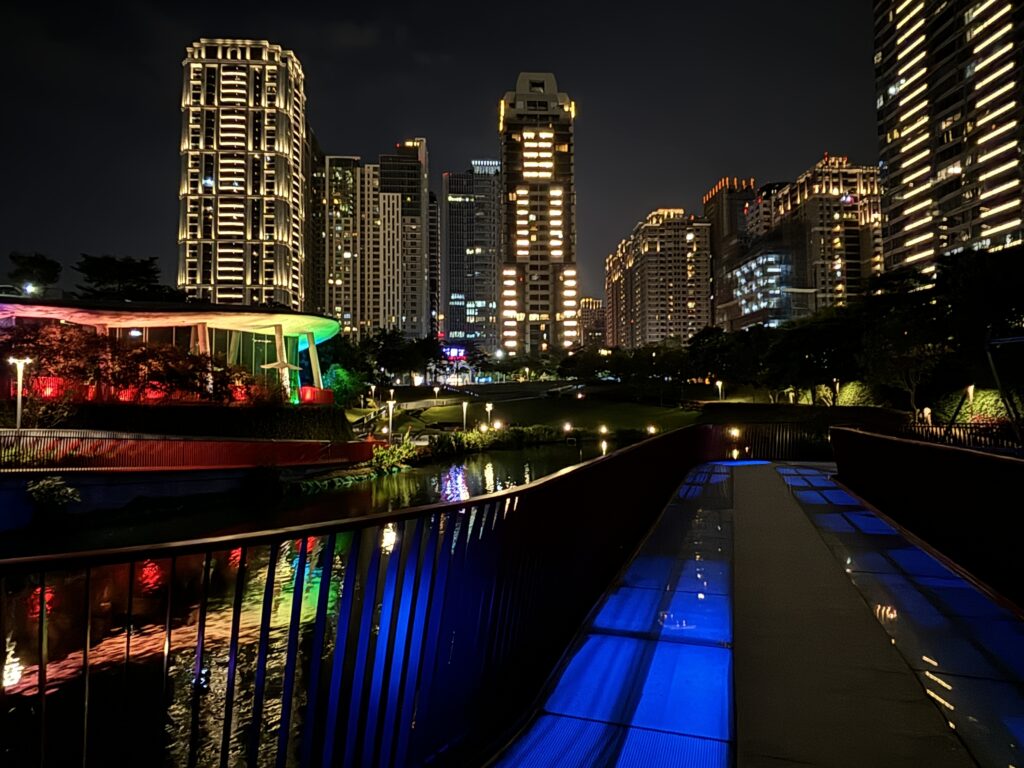
Many lights showed differences in color temperature and glare, and no attention seemed to be paid to details. In the evening, many residents are walking, running, and going home, spending their time in their own way. The National Opera House, which opened in 2016 in the Xitun area, opens its ground floor space until 9pm. Local residents and students were chatting on benches, dogs were being walked and performers were practicing in the plaza in front of the facility. The colored lighting of the fountain seemed
to fit in well with the common atmosphere without being too assertive. It was regrettable that the brightness of the LED monitors installed on the exterior of the building was so strong that it spoiled the scenery.
Leeway in Taichung
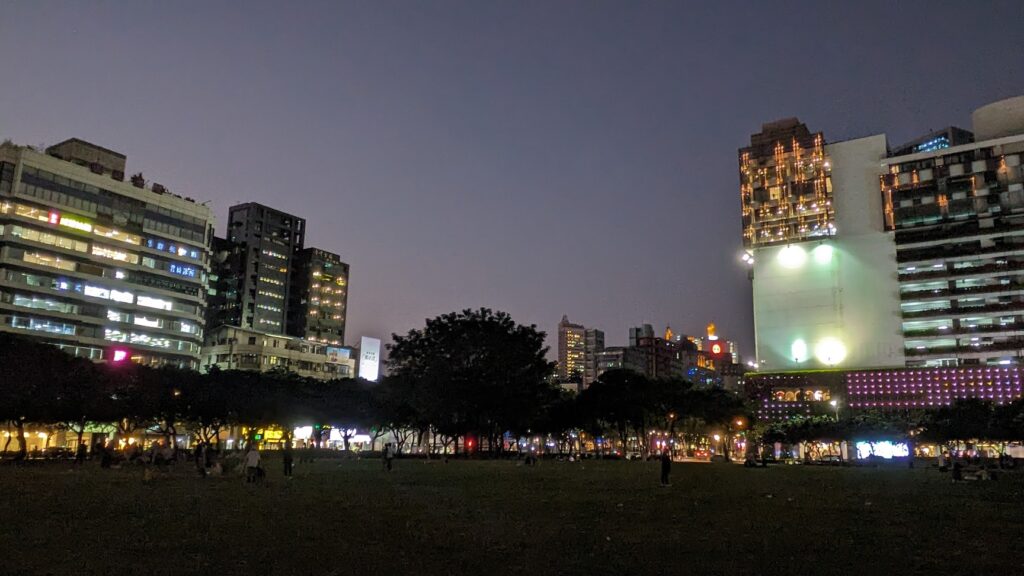
When walking around the Yichung Street Night Market, I saw many young students, as there are many universities and educational facilities nearby. At Yimin Yizhong Shopping Mall, which is adjacent to the market, LED decorative lights are hung at such a high rate that the eye cannot follow the lights as they move in different patterns. Each of them moved in a different pattern, making it difficult for the eye to follow the lights. A stage was set up in the plaza with a live guitar performance on an LED screen in the background, and people were sitting at tables listening to songs and chatting with friends and family.
When I began to concentrate on the songs and chatting so much that the lights, which I could not follow with my eyes, became a complete backdrop, it was like a noisy place with no sound, and strangely not unpleasant. People there all looked happy and it was comfortable. In contrast, the Taichung Plaza, which runs from the Calligraphy Greenway promenade, has pole lighting near the entrance and along the outer edges to brighten up the walkway, but there are no lighting fixtures in the plaza, creating a very large darkness compared to the surrounding environment. However, the square is surrounded on all sides by tall commercial buildings and brightly lit residences, making it difficult to perceive the actual darkness. Many young people brought rugs for picnics, and some even streamed videos. While the lights of the night market are bright and active, the civic square and the surrounding promenade are filled with people sitting on benches or on the floor, enjoying a quiet time in the dark. I approached several people in the plaza and night market and asked them what kind of city Taichung is and how they spend their evenings.
After work or school, many people gather with friends for a chat or to listen to street musicians sing, even if they have nothing special to do. They feel their lives are secured in Taichung, where the climate is stable, and they do not have the stress of crowded trains like in Taipei. They proudly expressed their expectations for the further development of the city in the future.
The Future of Taichung
Since Taichung has more undeveloped land in the city than Taipei, many companies are being lured to Taichung from Taipei, which has become saturated with new development and infrastructure, and a population influx from other provinces is expected to follow. A large vacant lot, which can be seen from the platform of the high-speed train returning to Taipei, is planned to be the largest commercial facility in Taiwan. In this area, high-rise condominiums are currently under construction, and plans call for the completion of a subcenter along the high-speed rail line, where offices, educational facilities, and entertainment facilities will be built one after another. While I have high expectations for Taichung, which will undergo major changes over the next 5 to 10 years and grow into a city on the same scale as Taipei, I also hope that the rich night-time life and places I felt during my visit will be preserved.
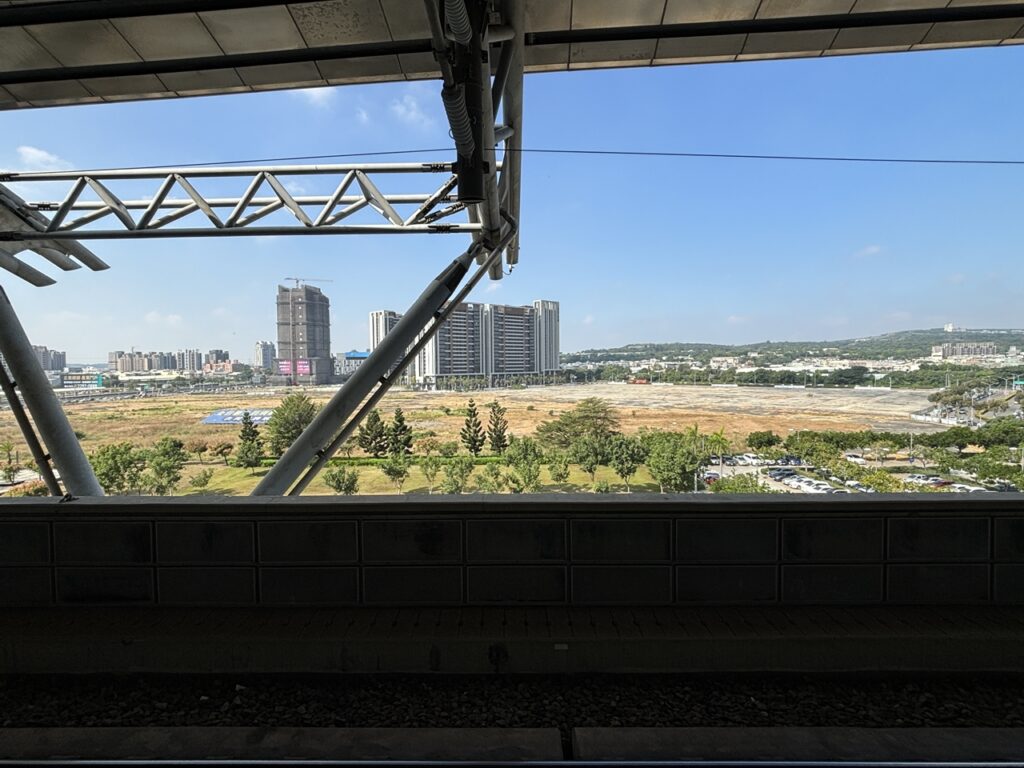
What we saw from the life and streets of the two cities, Taipei and Taichung, was that in contrast to the light-saturated and chaotic Taipei, Although Taichung is a planned city, there is a moderate space between buildings and people, which creates the right amount of darkness in the light. Along with the Taiwanese idea of preserving the past, we look forward to seeing the comfortable night light preserved in future plans. ( Genki Watanabe)
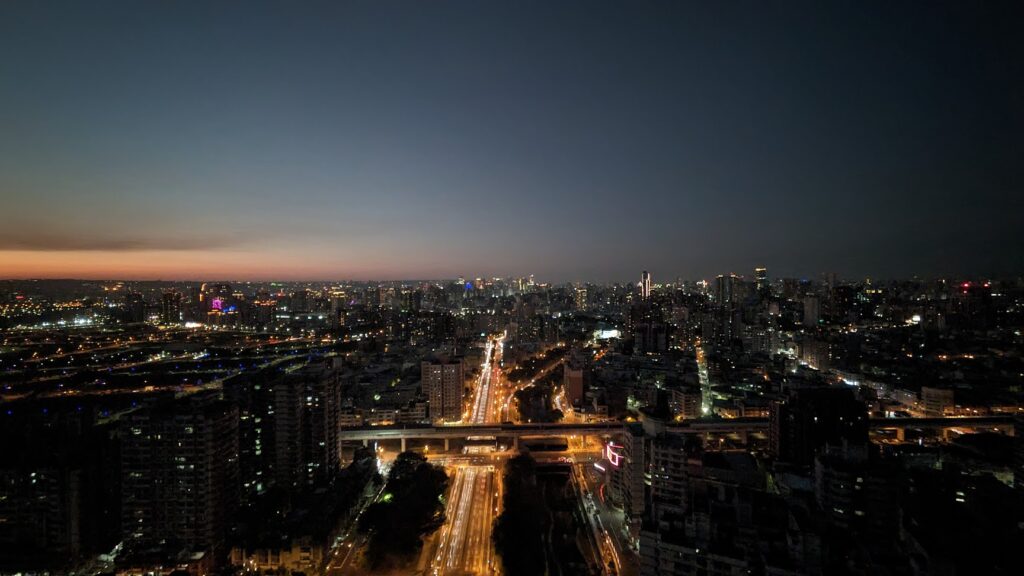
Visiting Tanteidan in Hida Furukawa
2023.08.26 Hikaru Kimurar+Noriko Higashi
Hida Furukawa is located in the northern part of Gifu Prefecture and is a basin surrounded by mountains. A city walk was held to explore the streets with white walls that have remained since ancient times, temples and the clear Setogawa River where about 1,000 carp swim. Participants were given flashlights and conducted a lighting experiment to consider the night view of Hida Furukawa.
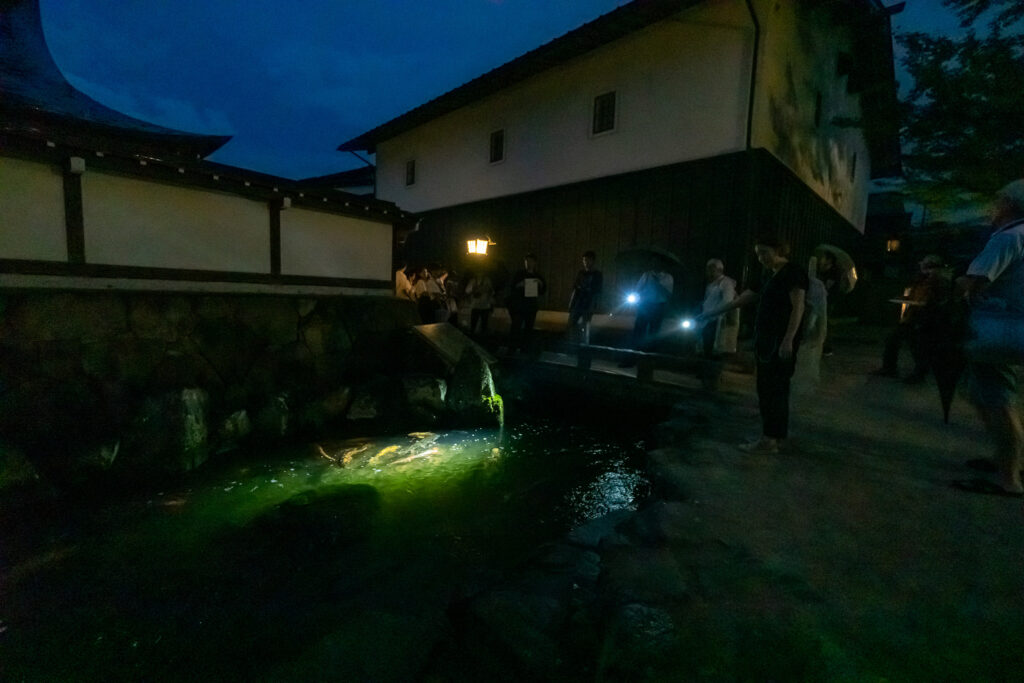
In response to a request from Hida City to “create a nightscape that the citizens of Hida can be proud of,” we held a town walk and lighting experiment with the people of Hida Furukawa. The town of Furukawa has old temples, sake breweries, and clear streams, all within walking distance. The streets have retained their Japanese architectural structure, preserving their classic beauty. 18 participants and we walked through the town, gazing at the Furukawa at night.(Hikaru Kimura)
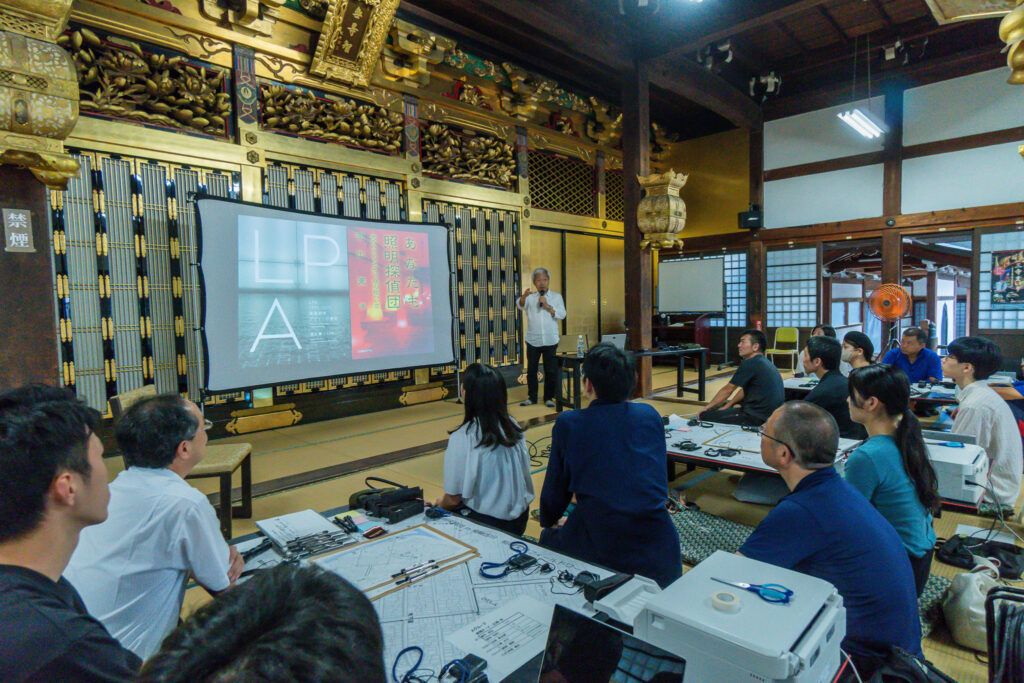
The Lecture by Lighting Detectives
Before embarking on a city walk, Mr. Mende gave a lecture on the importance of nighttime landscaping and lighting in urban development. Members Higashi and Kimura also explained the Lighting Detectives’ method of walking around the city at night and taught how to use an illuminance meter and flashlight. Afterwards, the mayor of Hida City shared his thoughts on night views through a conversation with Mr. Mende. The mayor’s wish was summed up in one phrase: “I want to create a nightscape that the people of
Hida Furukawa will be proud of. (Noriko Higashi)
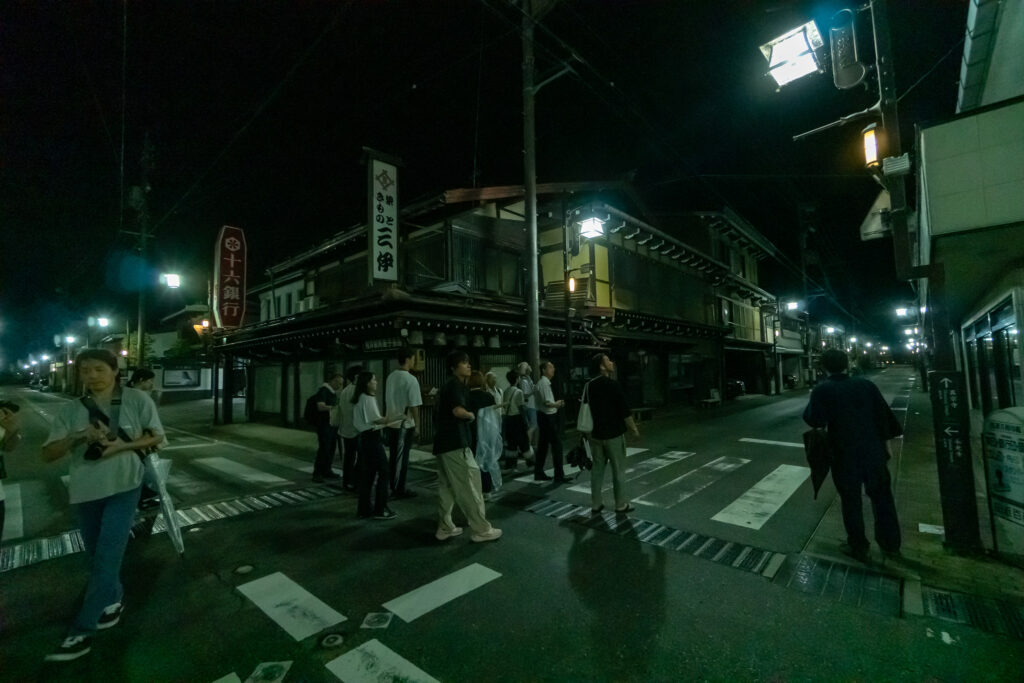
Hida Furukawa has three representative temples known as “San-Tera-Mairi”. We gave a lecture at one of them, Enko-ji Temple, and then walked the streets to visit the other two temples. Each street in the city had street lights of different design, which made the streets unique at night. Many people said that Japanese-style street lights, rather than general security lights, were good because they suited the atmosphere of the city. There were also in-depth opinions that some types of street lights had many spider webs on them, and when compared, many of them might have a high color temperature or be
open in shape, with the lamps visible. The Setogawa River, which runs through the city, is an elegant street with a series of white warehouse walls of sake breweries. The participants also experimented with enjoying the effects of light by shining their own powerful flashlights on the river and reflecting the reflections on the white walls. This experiment was especially popular with the participants, as they were able to see beautiful carp swimming in the river, attracted by the light.
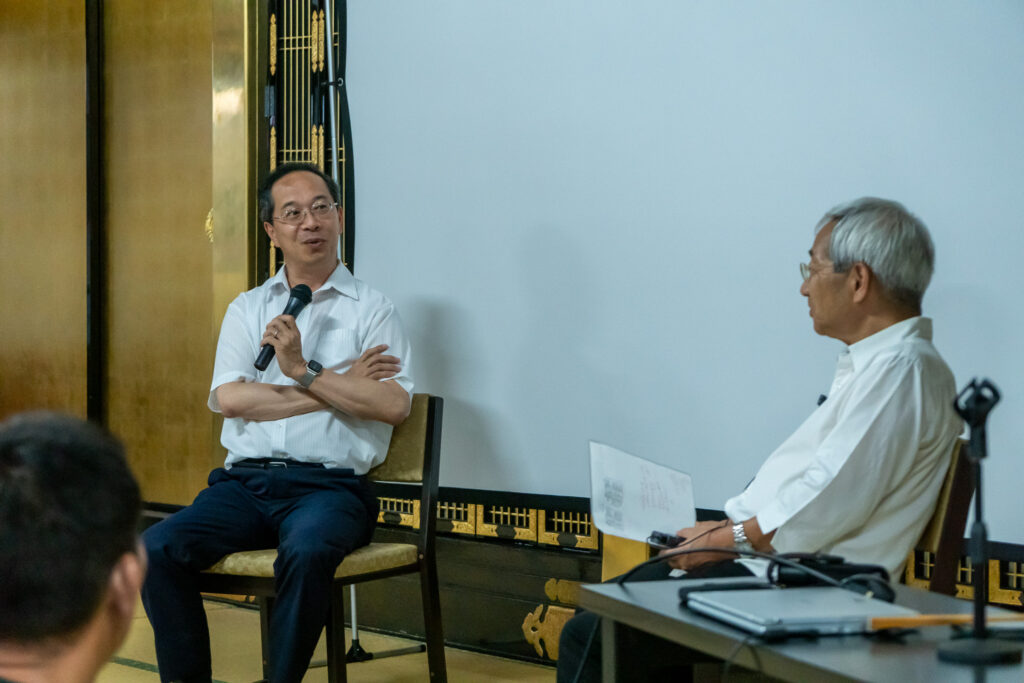
■I was surprised to find that there are few lights in Furukawa that destroy the atmosphere of the town. By walking the streets with the locals, I was able to feel that the beautiful townscape is maintained by the awareness of each and every resident of Furukawa to protect the town. If citizens pay more attention to the streetscape at night and share their opinions with each other, the streetscape at night will naturally become a place to be more proud of. (Hikaru Kimura)
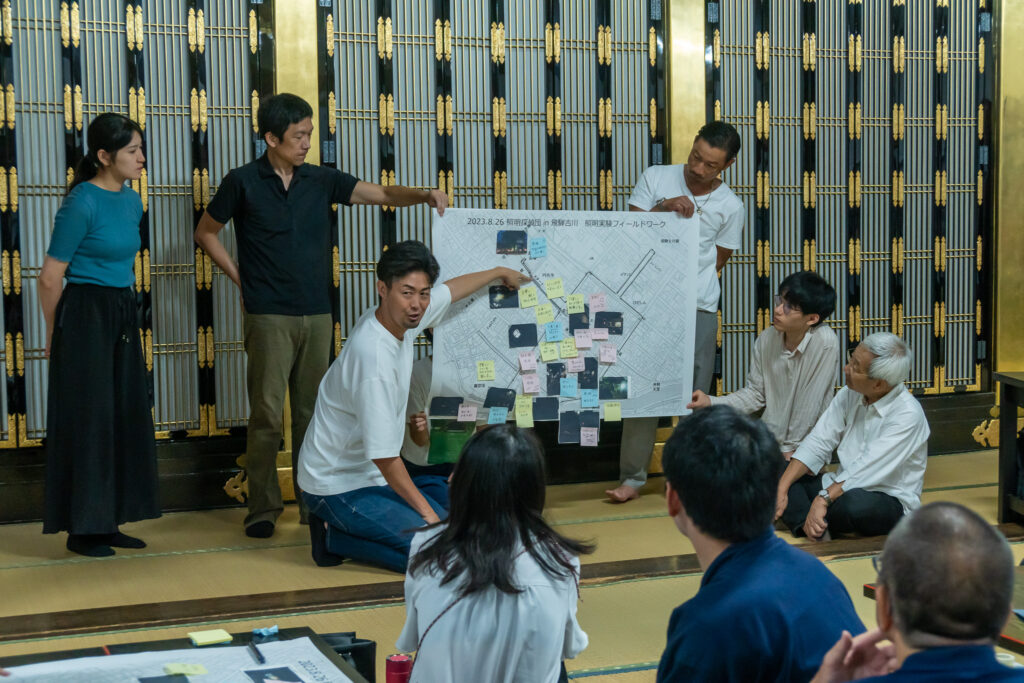
Online Acitivity- Lounge Talk
2023.11.27 Noriko Higashi
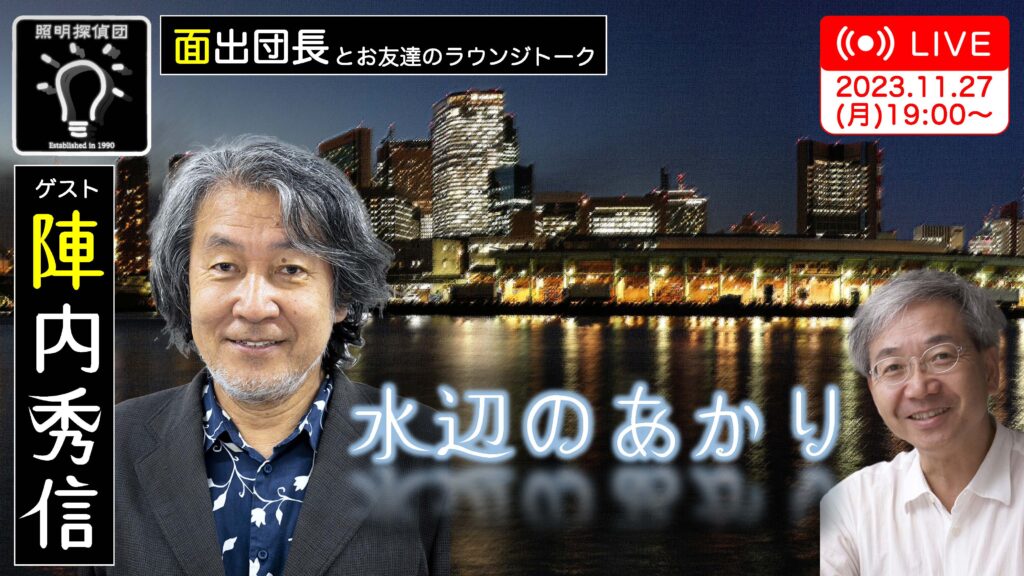
We had our third “Lounge Talk with Mr. Mende and Friends” live streamed on YouTube.
The theme was “Light on the waterfront. We delivered an enjoyable one-hour talk with Mr. Hidenobu Jinnai, a guest who was perfect for the theme. The third installment of “Lounge Talk withMr.Mende and Friends” was held after a year’s absence. We invited architectural historian, Mr. Hidenobu Jinnai as a guest and delivered a one-hour talk live. Mr. Jinnai has been researching waterside urban planning for many years, having studied in Venezia after graduating from university. Whenever the theme of the Lighting Detectives’ events has been waterfront lighting, we have always invited Mr. Jinnai and asked for his opinions. In this episode, He reviewed the Lighting Detectives’ practical lecture series, the Sumida River houseboat tour in 1996, and an interview in 1998 in which he asked the audience to predict the nightscape of Tokyo in 2050, as well as the proposal for Tokyo waterside lighting created by the LPA for the “2050” exhibition held in 2016. He reviewed the “Tokyo Nightscape Proposal” that LPA created for that exhibition, and discussed his vision for the future of waterside lighting and which areas have great potential.
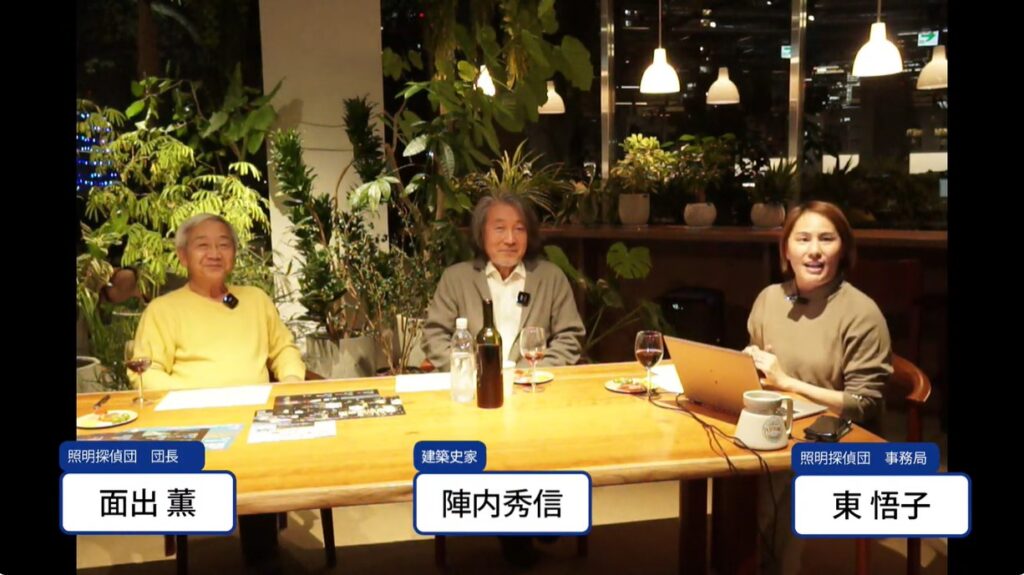
In the preliminary meeting, we had talked about ending the live stream in about 45 minutes, but the conversation kept going, and Mr. Mende and Mr. Jinnai seemed to be able to talk forever, but since it was a one-hour program, we ended it in one hour, although it was a bit like we were rushing to finish it up. Next time, we would like to plan a plan to actually walk along the waterfront with Mr. Jinnai, not from the lounge. The video streaming is archived, so don’t miss it out. Please look forward to the next Lounge Talk.
■ Coming Soon!!
The “Lighting Detectives: Night View Broadcasting Club – Lighting Journey” will be posted!
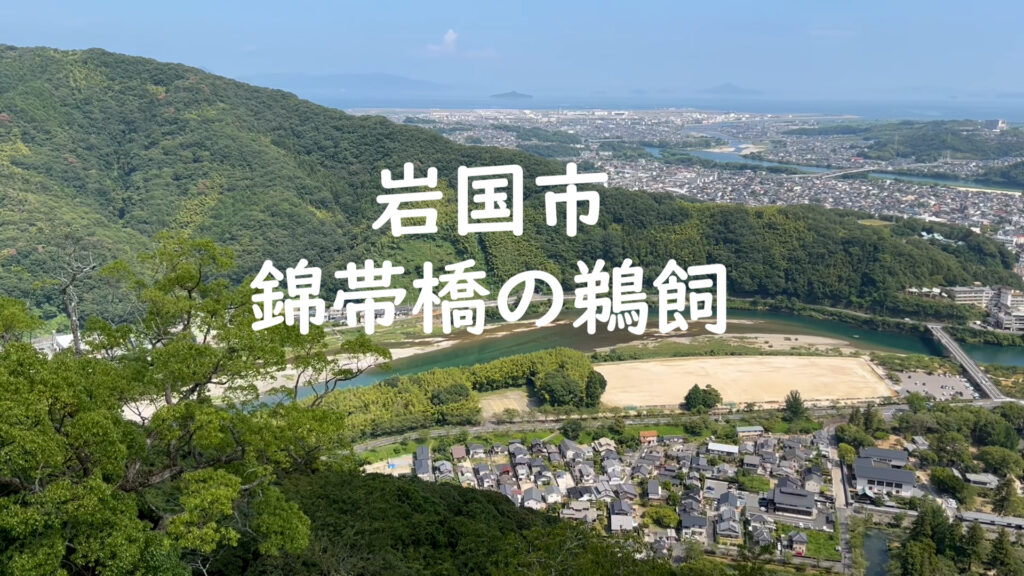
We have introduced video to our urban nightscape surveys, which until now have been reported using only photos and text. Our goal is to provide nightscapes in motion that can only be captured by video, giving the survey reports a sense of realism. This year, we have already completed interesting surveys in Iwakuni, Miyajima, Urumqi, Taipei, Taichung, Izumo, etc., and they have already taken videos. Video with sound and movement is both powerful and immersive. Since the video is dedicated to night views, it will be a bit different from typical travel programs, so please look forward to the finished product! As soon as the video is completed, we will distribute it on YouTube as we go along, so please take a look.
YouTube Channel: www.youtube.com/@lightingdetectives9739
